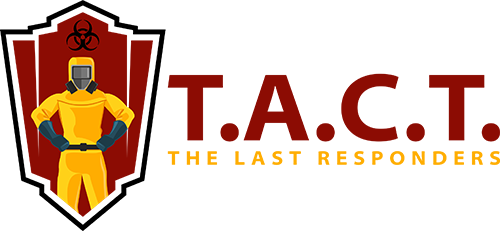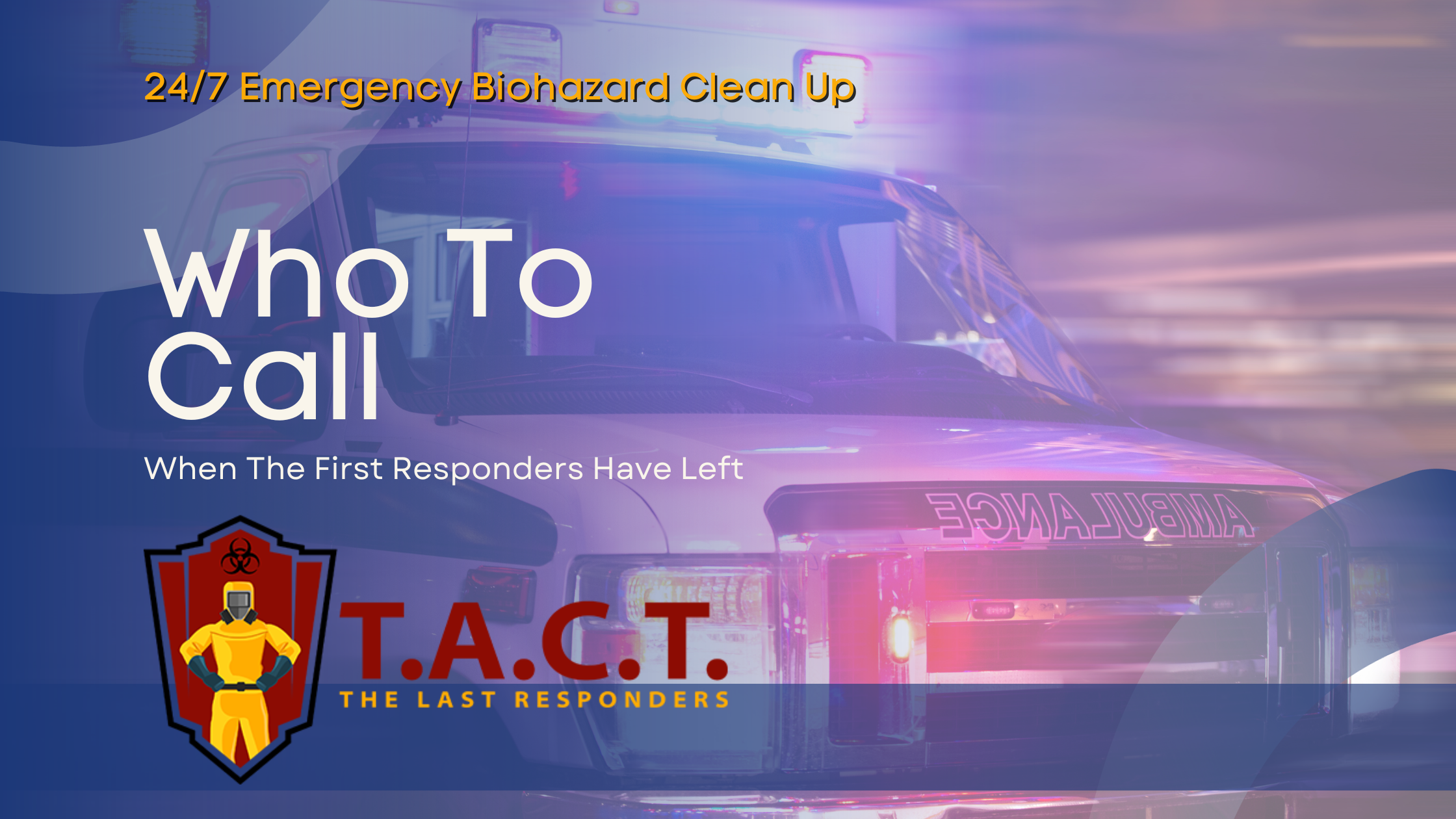Top House Mold Inspectors for Safety and Savings
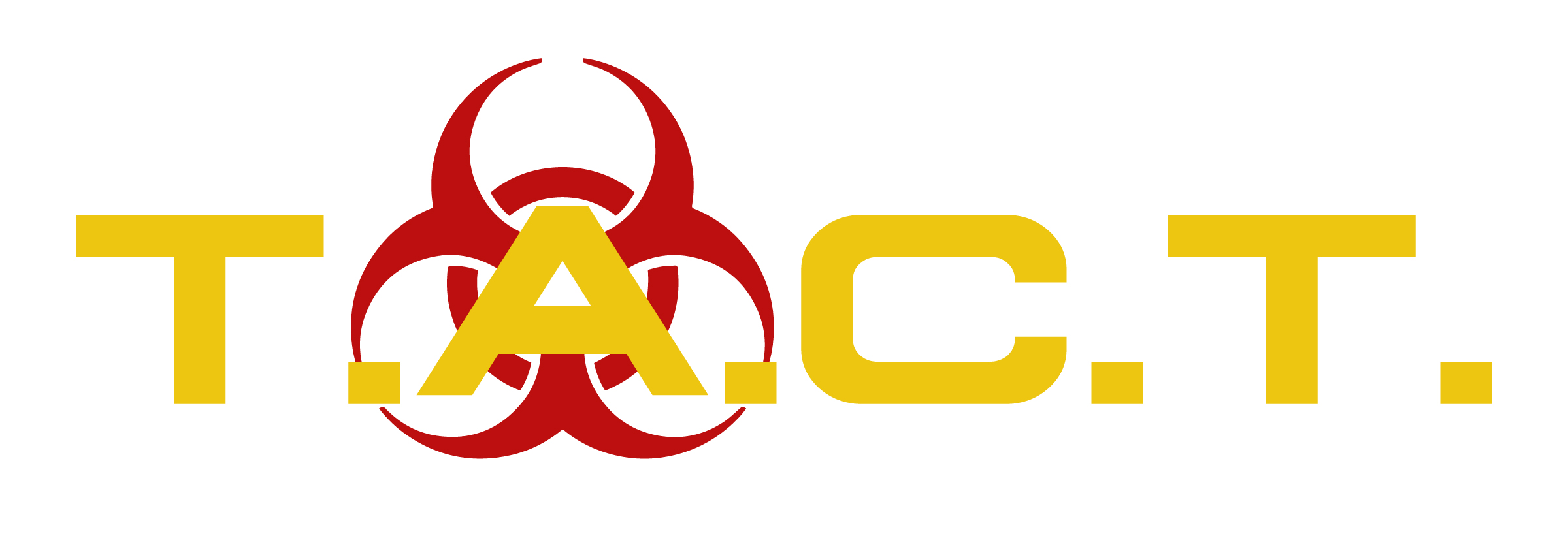
Top House Mold Inspectors: What You Need to Know for Safety and Cost
Mold isn’t just an eyesore; it’s a potential health hazard and a costly problem to fix if left unaddressed. Whether you're buying a new home or maintaining your current one, understanding mold and how to detect it is essential for ensuring a safe and healthy living environment. This guide will walk you through everything you need to know about mold inspections—from what causes mold and the inspection process to preventing issues and finding the right professional to help.
Understanding Mold Growth
Mold is an unwelcome guest in any home. It’s a type of fungus that grows in moist environments and reproduces by releasing tiny spores into the air. These spores naturally exist both indoors and outdoors but only become dangerous once they settle on a damp surface, which allows mold to grow and spread.
Key points about mold growth:
Moisture is the catalyst: Mold cannot grow without moisture. Common sources include leaks, condensation, or high humidity levels.
Where it thrives: Mold commonly grows in bathrooms, basements, kitchens, and areas with poor ventilation.
Health and structural impact: Beyond causing unsightly stains and surfaces to decay, mold can worsen allergies, asthma, and other respiratory symptoms.
Keeping your home dry is crucial to stopping mold before it starts. Regular cleaning, proper ventilation, and addressing moisture problems promptly can minimize the chance of mold taking hold.
The Importance of Mold Inspection
A mold inspection is an essential step for any homeowner, especially during major milestones like purchasing a new property. Unlike general home inspections, mold inspections focus specifically on identifying mold growth or conditions that could lead to mold. While inspection costs vary based on factors like house size and location, the value of early detection can save significant expenses down the line.
Why is mold inspection important?
Prevent costly remediation: Catching mold early can help avert expensive long-term damage.
Ensure safety when buying a home: Before you move in, confirm the property is free of hidden issues like mold.
Identify moisture problems that could pave the way for mold growth.
The process typically includes a thorough visual assessment of potential trouble spots, such as basements, attics, bathrooms, and HVAC systems. By spotting mold-prone areas or early signs of growth, inspections provide peace of mind while safeguarding your property investment.
Mold Testing and Analysis
Mold inspections often include testing, but is testing necessary for every home? The answer depends on your situation. While many issues can be diagnosed through visual inspection, mold testing provides deeper insight into the type of mold present and its concentration levels in your air or surfaces.
Types of Mold Testing
Air Sampling measures airborne spores, often comparing indoor and outdoor levels.
Surface Sampling analyzes mold growth on visible surfaces, such as walls or ceilings.
Bulk Sampling examines whole materials, like sections of drywall or carpet, for the presence of mold.
Mold testing is particularly useful in pinpointing the source of unexplained health issues or persistent mold smells. However, it’s not always mandatory—an experienced inspector can often identify problems without it.
The Mold Inspection Process
Mold inspection goes beyond simply spotting visible mold. A skilled inspector will take a comprehensive approach to uncover hidden problems and recommend solutions.
What happens during an inspection?
Visual Examination: Inspectors survey areas prone to moisture and mold, such as basements, crawl spaces, and bathrooms.
Tools and Techniques:
Moisture meters measure humidity and detect dampness.
Thermal cameras identify temperature differences that signal leaks.
Sampling (if necessary): Samples may be taken to analyze mold type and severity.
Report and Recommendations: Inspectors provide a detailed report on their findings and suggest remediation or prevention measures.
If mold is detected, a remediation plan will outline steps to eliminate it and address the moisture source to prevent recurrence.
Factors Affecting Mold Inspection Cost
The cost of mold inspections can vary widely depending on several factors:
House Size: Larger homes require more time and effort to inspect, increasing the cost.
Sampling Requirements: Air or surface samples incur additional fees.
Inspection Type:
Non-invasive inspections focus on visible mold and problem areas.
Invasive inspections, which involve removing drywall or flooring, are more comprehensive but costlier.
Location: Inspection fees often vary depending on your local area, with higher rates in areas like the Bay Area or Santa Clara.
On average, mold inspections cost between $300 and $1,000, with additional testing adding to the final price.
Finding the Right Mold Inspector
Choosing an experienced and reputable mold inspector is crucial. Here are steps to find the right professional:
Look for certifications like those from the IICRC (Institute of Inspection Cleaning and Restoration Certification) or state licensing boards.
Ask about experience with mold remediation and inspections.
Request multiple estimates to compare pricing and services.
Read reviews and referrals to ensure the inspector has a strong reputation for thoroughness and reliability.
Your mold inspector will play a critical role in protecting your home and health, so choose carefully.
Mold Remediation and Prevention
If mold is found, remediation is the next step. It’s important to act quickly to eliminate mold and prevent future growth. Remediation often involves:
Addressing moisture issues by fixing leaks or improving ventilation.
Cleaning hard surfaces with detergent and water or mold-killing solutions.
Replacing porous materials like drywall, carpeting, or insulation for severe cases.
Hiring professionals for larger infestations to ensure safe and thorough removal.
Prevention is equally important. Keep indoor humidity below 50%, fix leaks promptly, and ensure proper ventilation in moisture-prone areas. Regularly inspecting your home for early signs of mold can save you from costly remediation later.
Next Steps After a Mold Inspection
After your mold inspection is complete, it’s essential to take the right next steps:
If mold is detected: Follow the remediation plan and monitor for recurring issues.
If no mold is detected: Request advice on maintaining low moisture levels and improving air quality.
Follow-up with your inspector to confirm that all remediation efforts are effective and any moisture sources are resolved.
Proactive communication with your mold inspector will help ensure your home remains safe and healthy for years to come.
Safeguard Your Home and Health
Mold inspections are a valuable investment in maintaining a safe and healthy home. By understanding how mold grows, when to conduct inspections, and how to handle remediation, you can protect your property and loved ones. Whether you’re a first-time homebuyer or a longtime homeowner, taking action early is the best way to avoid costly problems down the road.
If you're ready to ensure your home is mold-free, contact a trusted mold inspector today—it’s the first step towards peace of mind and a healthier living environment.
Latest news
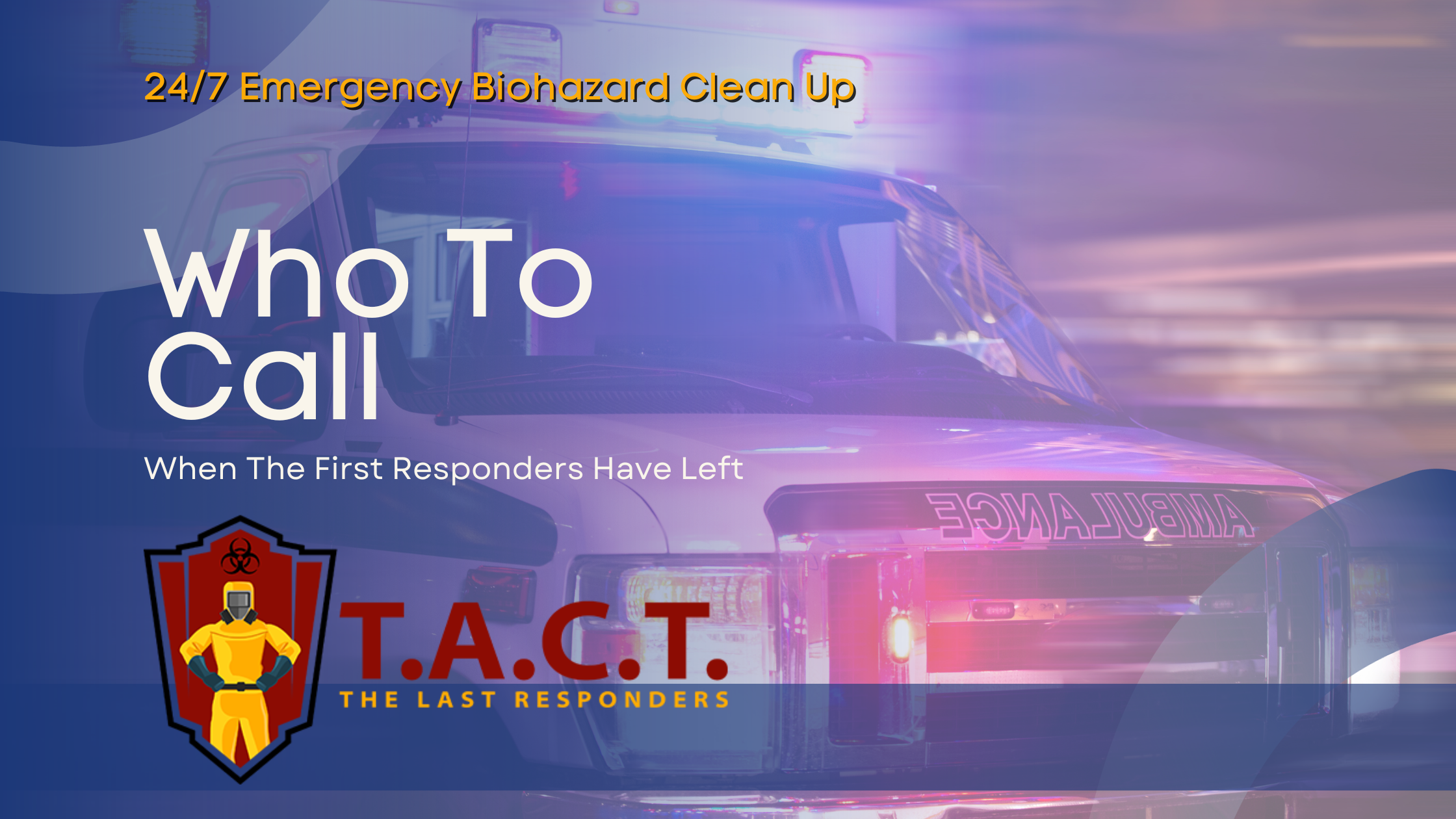
Bio Cleaning Services
Read More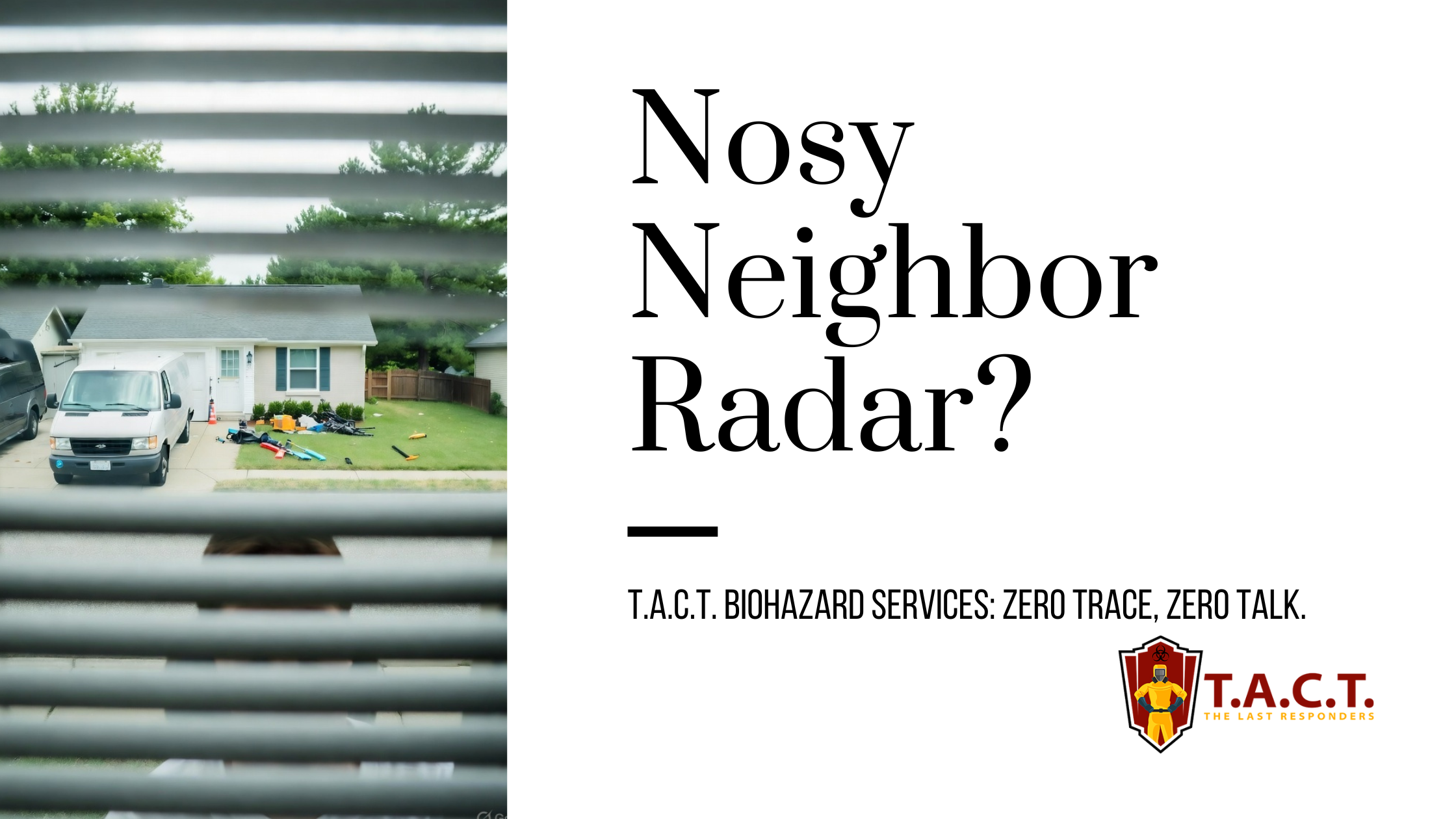
Nosy neighbors peeking? T.A.C.T. North Atlanta offers discreet biohazard remediation for rodent infestations, mold, hoarding, and more. Unmarked vehicles, quiet experts, full privacy—24/7 service at 470-781-4775.
Read More